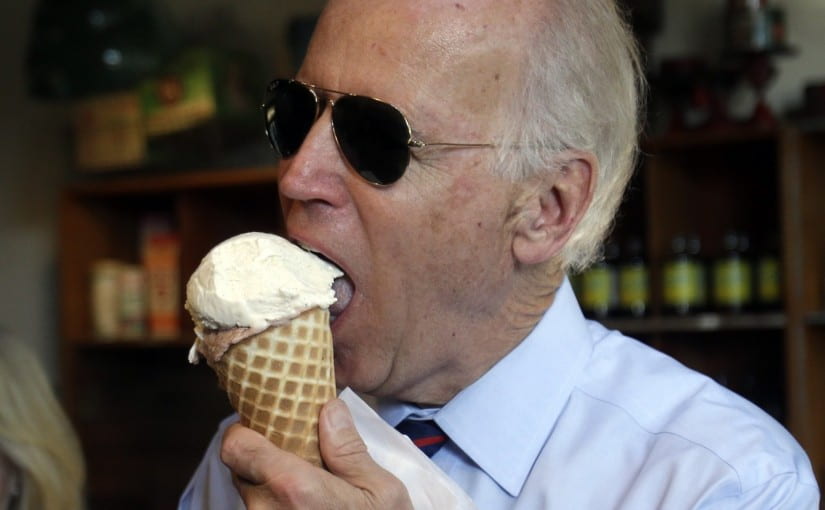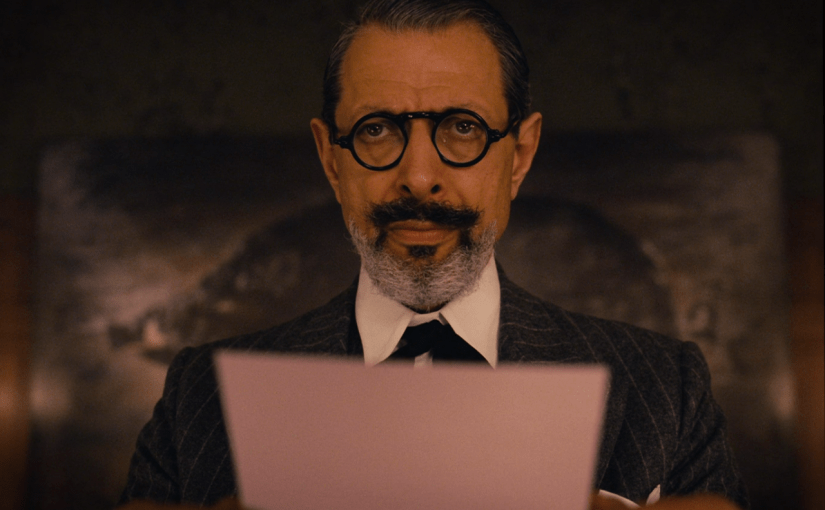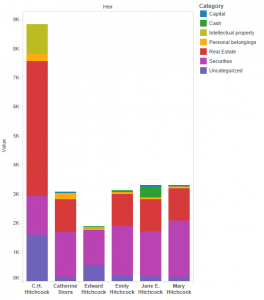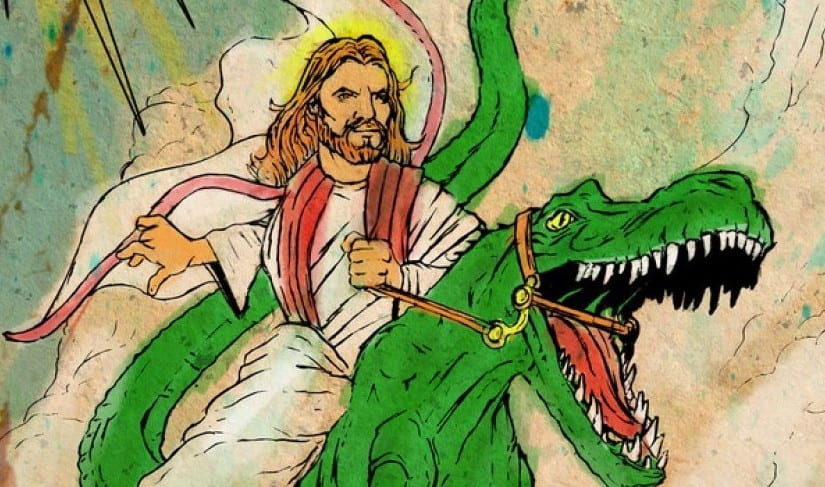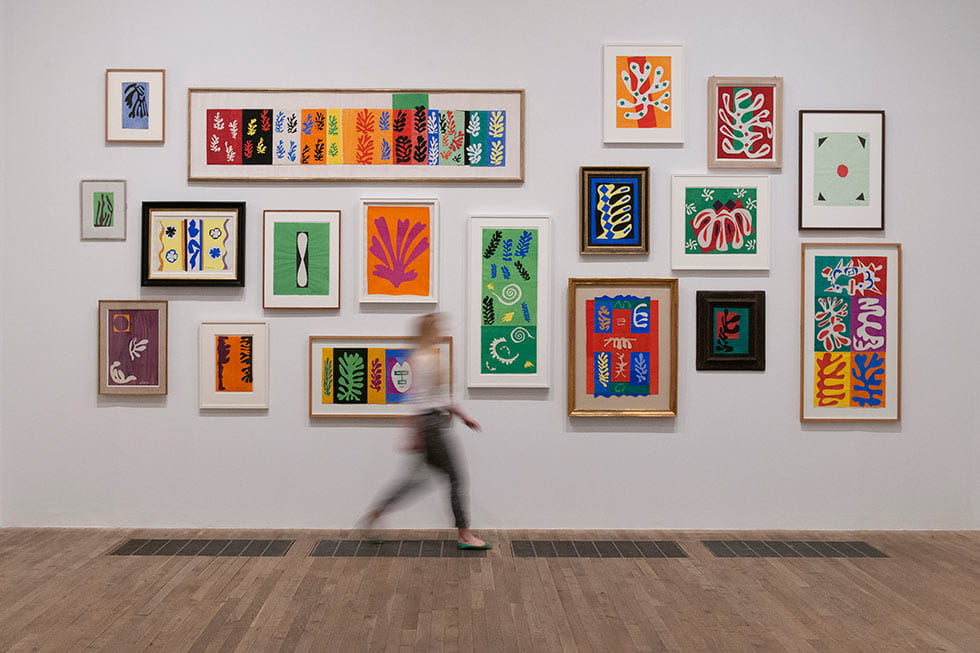It is ironic I have been prompted to write about how my project «will benefit from a team-based approach» as an individual (though not necessarily as an artist who respects creative integrity and intellectual property). I think it like enough immeasurably more valuable to discuss directly with my fellow interns just how they could «shape, amplify, improve and implement [my] piece of the project» than to conjecture as much alone, in a blog post somewhere between the back o’ Bourke and Woop Woop, enclosed by this series of tubes we call “Internet“. Nevertheless, I write on, thinking (rationalizing?) the exercise will prove to be useful in due time.
I have left the above introductory paragraph to ferment as a draft in my WordPress dashboard for a half-week now, supposing that an answer to the then-unanswerable question of how others may augment my project would reveal itself to me via a Seussian dream ripe for psychoanalytic interpretation. Alas, no Muse has left such a phantasmagorical present for me. Yet I am not surprised, considering how many of the countless personality quizzes I have taken (most notably the Myers-Briggs Type Indicator and the Enneagram test) along with my co-interns have said I am not a model team player, to understate my results. Bluntly 16personalities.com says, «Active teamwork is not ideal for people [like me] with the INTJ personality type»; the Enneagram Institute likewise states, «Eights [like me] are the true “rugged individualists” of the Enneagram. More than any other type, they stand alone. They want to be independent, and resist being indebted to anyone.» Similar to the Leaning Tower of Pisa and the world’s largest cowboy boots, my inability to expatiate on the merits of teamwork is a small wonder.
I do not mean to suggest even remotely I think the members of my team dimwitted and thus incapable of contributing anything of value to my own endeavor. I merely offer an explanation for why I am experiencing so much difficulty coming up with ways in which a team would be able to enhance my project. Then again, maybe I have been uncharacteristically quick to write off the possibility that I will not use my team as a resource, that I am too much of a black sheep, lone wolf, loose goose, or any other name for an individualistic (and sometimes unruly) animal / Amherst restaurant (look it up).
At my most Panglossian, I believe my team can aid me by simply being there, by entertaining my questions and nodding their respective heads at my at times needy appeals for approval. And that really is all I need to elevate my final project—the understanding endorsement of others.
![1 Thing a Digital Scholarship Intern Said In a Blog Post [Sponsored]](https://digital-scholarship.wordpress.amherst.edu/files/2015/07/MTM-OceanBreezeFrogs-825x510.jpg)
